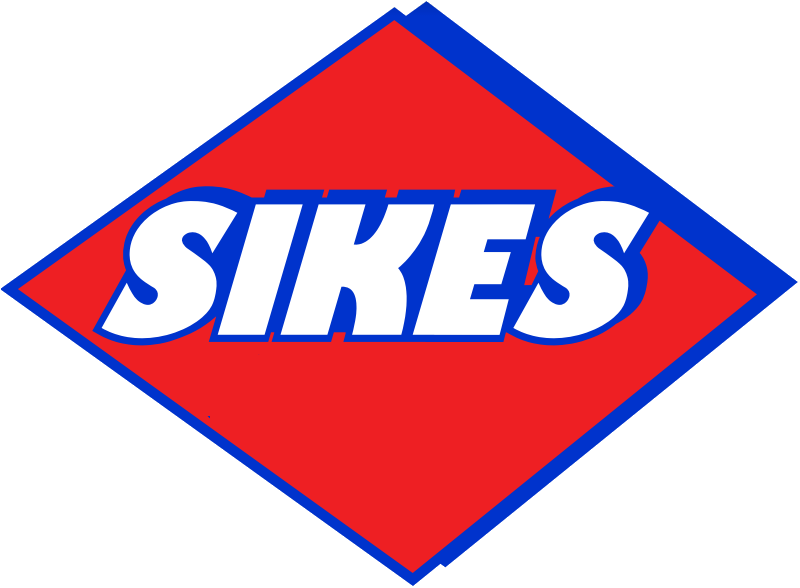Moisture in concrete floors can be a major issue for commercial buildings, leading to costly damages and even safety hazards. Proper moisture testing and remediation is essential to ensure the longevity and functionality of your concrete floors. In this blog, we will explore the importance of moisture testing and remediation for commercial concrete floors and provide tips on how to properly address moisture issues.
The Dangers of Moisture in Concrete Floors
Concrete is a porous material, meaning that it can absorb and retain water. While some moisture in concrete is normal, excess moisture can lead to a range of problems.
Effects on Indoor Air Quality
Excess moisture in concrete floors can lead to the growth of mold and mildew, which can have serious impacts on indoor air quality. Mold and mildew can release spores into the air, leading to respiratory issues and other health problems.
Damage to Flooring Materials
Moisture in concrete floors can also cause damage to flooring materials that are installed on top of the concrete. Hardwood, laminate, and other wood-based flooring can warp and buckle due to excess moisture. Carpeting and other textiles may become discolored or develop a musty odor.
Structural Damage
Excess moisture in concrete can also lead to structural damage. Concrete is a strong material, but it can crack or weaken when subjected to excess moisture over time. This can be a safety hazard and lead to costly repairs.
The Importance of Proper Moisture Testing
Proper moisture testing is essential to identify and address excess moisture in concrete floors. There are several methods for moisture testing concrete, including:
Calcium Chloride Testing
Calcium chloride testing is a common method for measuring the moisture content of concrete. This test involves placing a measured amount of calcium chloride onto the surface of the concrete and measuring the amount of moisture that is absorbed.
Relative Humidity Testing
Relative humidity (RH) testing involves using a device called a moisture meter to measure the amount of moisture in the air within the concrete. This test can be used to determine the moisture content of the concrete itself, as well as the surrounding air.
Concrete Moisture Vapor Emission Testing
Concrete moisture vapor emission (MVE) testing is a more advanced method that involves measuring the amount of moisture vapor that is emitted from the concrete. This test is typically used in conjunction with other moisture testing methods to get a more complete picture of the moisture content of the concrete.
Tips for Proper Moisture Remediation
If excess moisture is detected in your concrete floors, it is important to address the issue as soon as possible to prevent further damage. Here are some tips for proper moisture remediation:
Identify the Source of the Moisture
The first step in moisture remediation is to identify the source of the excess moisture. This may be due to a plumbing leak, a high water table, or other issues. Once the source is identified, it can be addressed to prevent further moisture from entering the concrete.
Repair Any Structural Damage
If the excess moisture has caused structural damage to the concrete, it is important to repair this damage before proceeding with any other moisture remediation efforts. This may involve filling cracks, reinforcing the concrete, or other measures.
Install a Vapor Barrier
A vapor barrier is a layer of material that is installed between the concrete and any flooring materials that are being installed on top of it. Vapor barriers are designed to prevent moisture from being absorbed into the concrete and causing damage to the flooring materials. There are several types of vapor barriers available, including plastic sheets, membranes, and coatings.
Use a Dehumidifier
A dehumidifier can be used to remove excess moisture from the air within the concrete, helping to reduce the moisture content of the concrete itself. This can be an effective way to address moisture issues, particularly in cases where the source of the moisture cannot be easily identified or fixed.
Apply a Concrete Sealer
Applying a concrete sealer to your concrete floors can help to prevent moisture from being absorbed into the concrete. There are several types of concrete sealers available, including penetrating sealers, which are designed to penetrate the pores of the concrete and form a protective barrier, and film-forming sealers, which create a layer on top of the concrete to protect it from moisture.
Conclusion
In conclusion, proper moisture testing and remediation is essential for ensuring the longevity and functionality of your commercial concrete floors. By regularly testing for excess moisture and addressing any issues that are found, you can prevent costly damages and maintain a safe and healthy environment for your business.




